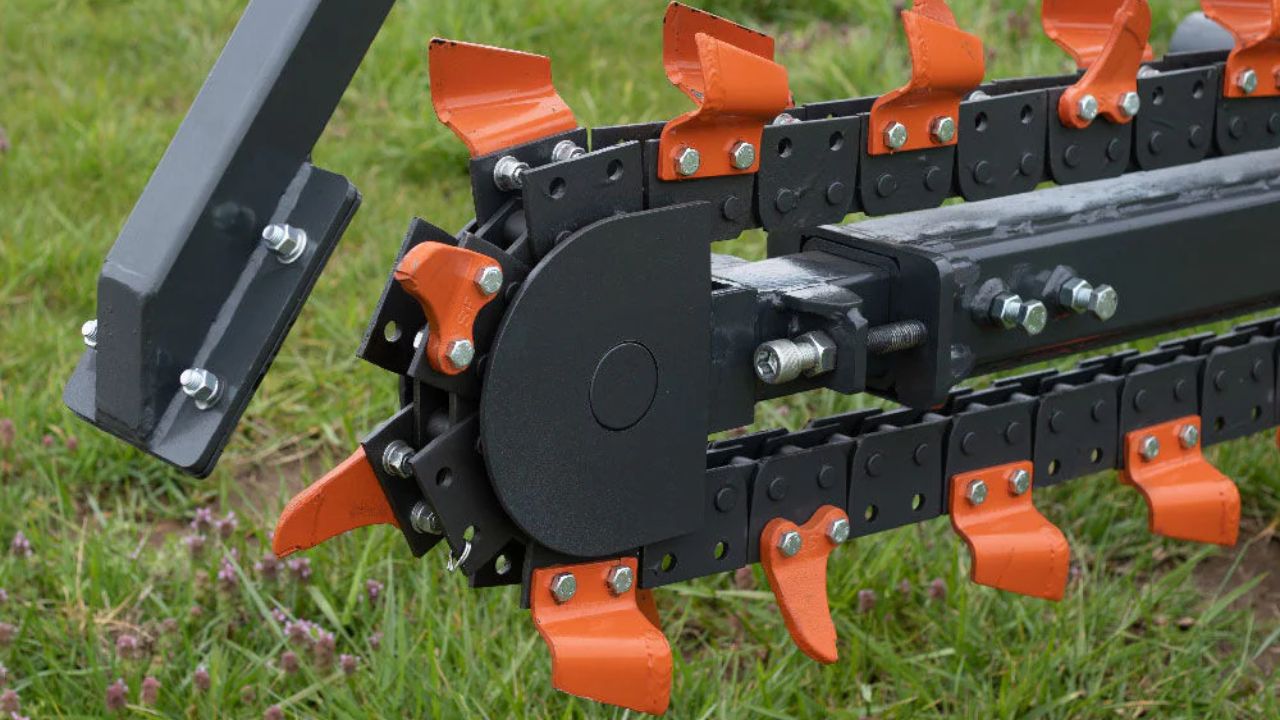Trencher teeth serve essential functions during excavation and trenching work, especially when operating in demanding soil environments. The way teeth are positioned on trencher equipment determines operational performance, precision, and durability. Knowledge of a trencher teeth pattern enables operators to select equipment that functions best in various ground conditions.
Adapting to Various Soil Conditions
Trenching operations occur across different soil types, including loamy earth and clay, rocky surfaces, and compacted clay. The appropriate choice of trencher teeth pattern enables machines to handle different soil types without experiencing unnecessary mechanical stress. The excavation rate remains steady when trenching softer soils through continuous cutting patterns. A more intense teeth pattern with reinforced placement becomes necessary for efficient hard soil penetration.
Reducing Wear and Tear
Using an inappropriate trencher teeth pattern will accelerate the wear of both cutting tools and trencher components. The improper cutting force distribution leads to early tooth dullness, raises fuel usage, and potentially generates mechanical breakdowns. A pattern selected for the particular work task enables operators to minimize maintenance expenses while maximizing the operational duration of their trenching equipment. A correctly spaced tooth arrangement protects the cutting components from unnecessary friction, which helps maintain their structural integrity.
Improving Trench Precision
Trenching operations need precise execution since they involve the installation of utilities and drainage systems and foundation construction. The correct selection of trencher teeth pattern enables operators to achieve project-specified clean uniform cuts. Using the wrong pattern design will produce trenches with irregular shapes that need further work to achieve proper accuracy. The strategic placement of teeth creates accurate trench dimensions, which operators can obtain easily, resulting in superior project results.
Enhancing Overall Machine Performance
The cutting mechanism of a trencher determines its performance. A properly arranged teeth pattern enables steady digging speed maintenance and lowers operator fatigue while boosting total productivity. Trenching operations become faster and more effective when machines receive optimized teeth arrangements, which results in higher worksite efficiency. The proper pattern design decreases hydraulic system and engine stress while enabling the trencher to operate more smoothly with reduced fuel usage.
Maximizing Cost-Effectiveness
Proper investment in trencher teeth patterns creates better performance while reducing long-term costs. Using an optimized pattern leads to reduced breakdowns and downtime, so operators achieve lower repair expenses and improved project efficiency. The even distribution of wear results in fewer tooth replacements, decreasing the trencher's total maintenance expenses. Businesses must select the correct pattern because it determines their ability to achieve maximum return on investment.
Adapting to Technological Advancements
Modern trencher teeth patterns use new technological developments to create designs that boost operational efficiency and extend service life. Modern trenching equipment manufacturers provide interchangeable carbide-tipped teeth patterns that enable users to customize their teeth according to soil conditions. The innovations in trenching technology enable equipment to perform with enhanced precision and durability, which reduces operational strain on machines and operators. Construction and excavation professionals know of technological developments that enhance operational performance and maintain industry standards.
Conclusion
The patterns of trencher's teeth play an essential role in achieving efficient excavation results. The selected pattern affects the machine's ability to cut different soils, maintenance expenses, and operational performance. Selecting suitable patterns for different job conditions leads to better trenching efficiency, decreased wear and tear, and enhanced precision during trenching operations. The knowledge of these patterns enables operators to achieve maximum equipment potential, which results in increased productivity and reduced long-term expenses.

